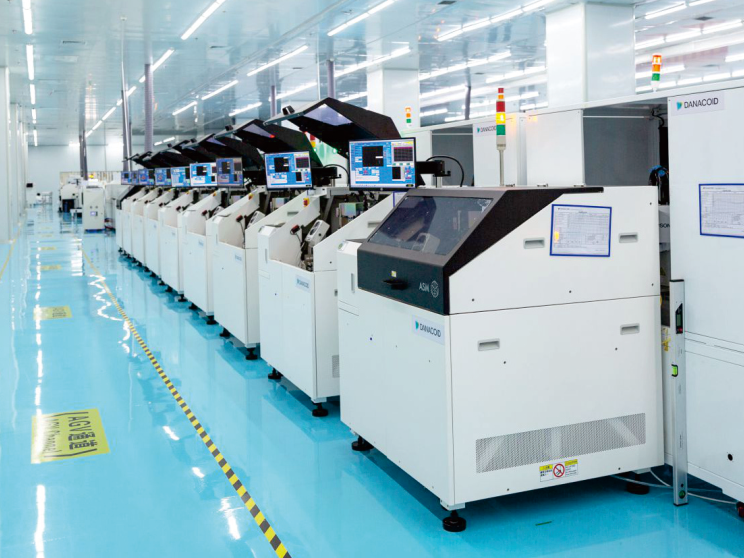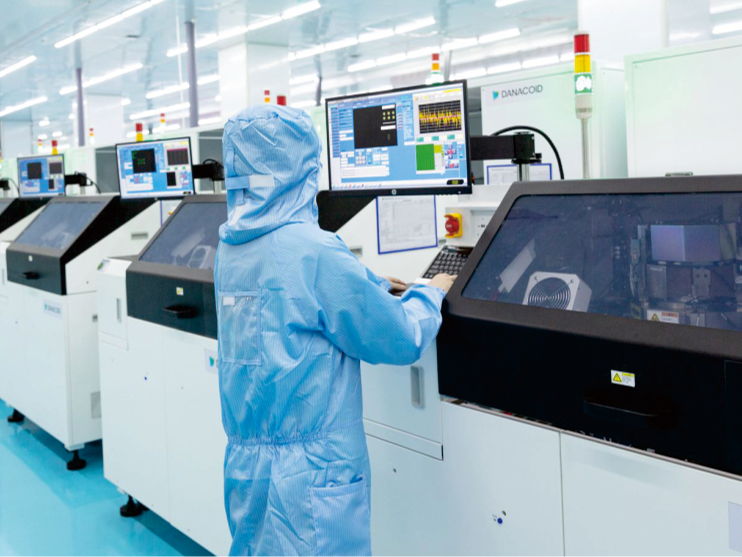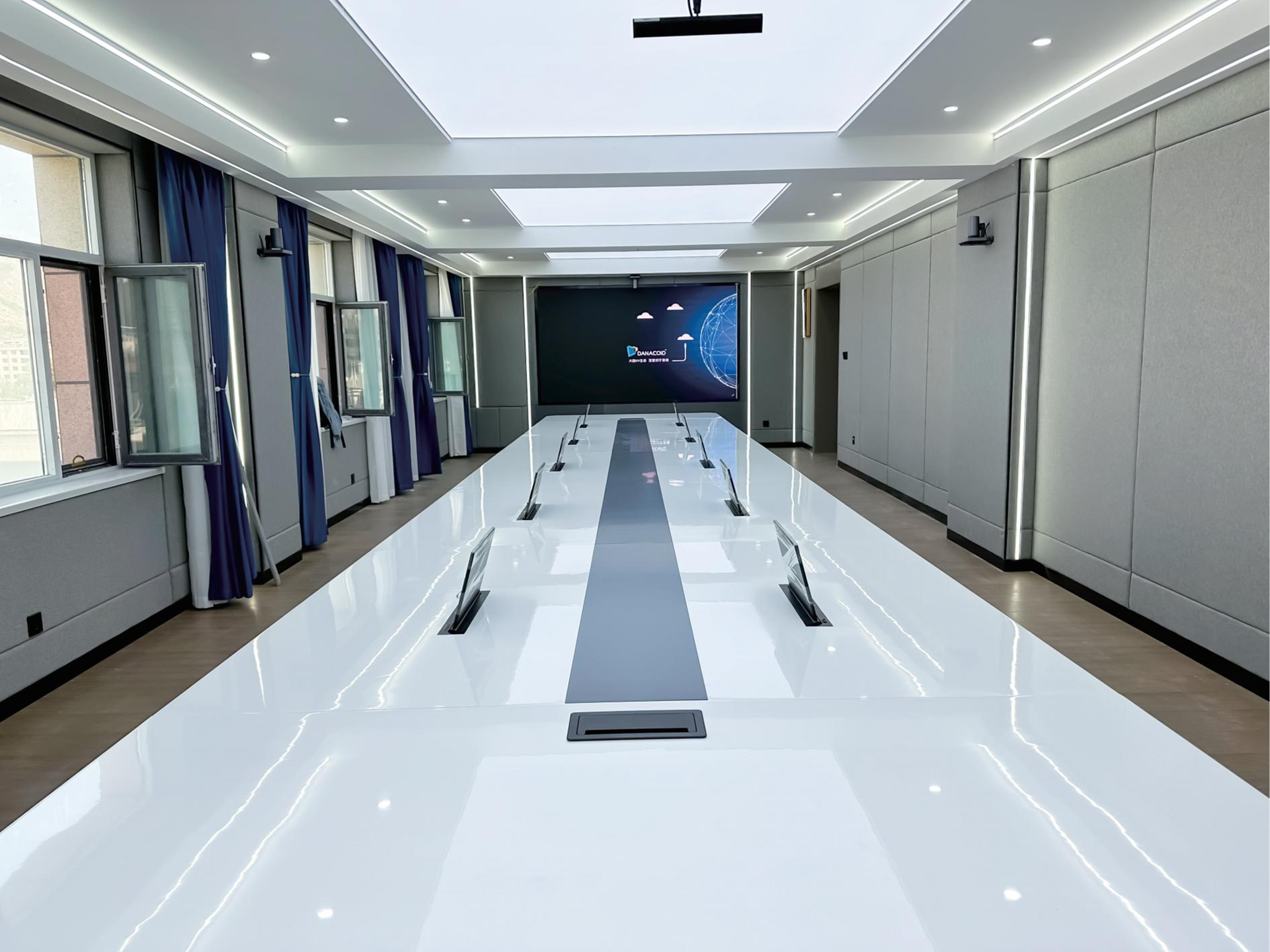What Features Should You Look for When Buying a USB Microphone?
Introduction to USB Microphones
Over the past decade, the USB Microphone has grown from being a niche accessory to one of the most popular audio tools for creators, professionals, and hobbyists. Whether you are a podcaster, gamer, content creator, musician, or remote worker, the choice of microphone directly impacts the quality of your audio output. Unlike traditional XLR microphones, which require audio interfaces or mixers, a USB Microphone offers plug-and-play convenience without sacrificing too much in terms of sound quality. However, with so many models and options available, it is important to understand what features truly matter when selecting the right microphone for your needs.
Core Features of a USB Microphone
Sound Quality
The most important factor in any microphone purchase is audio quality. A good USB Microphone should provide a clear, natural sound without noticeable distortion or background noise. Specifications such as bit depth and sample rate determine the resolution of the audio. Many professional-level USB Microphones now offer 24-bit depth and 96 kHz sample rates, which provide detailed and accurate recordings. While these higher specifications are excellent for music and professional use, even 16-bit/48 kHz is sufficient for podcasts, streaming, and conferencing.
Polar Patterns
Polar patterns describe how a microphone picks up sound from different directions. Common options in USB Microphones include cardioid, omnidirectional, bidirectional, and stereo. A cardioid pattern captures sound from the front while rejecting noise from the sides and rear, making it ideal for solo recording. Omnidirectional captures sound equally from all directions, which is useful for group discussions or conference calls. Bidirectional is excellent for interviews with two speakers facing each other, while stereo captures sound in a left-right field, making it suitable for music or immersive recordings. Choosing a USB Microphone with switchable polar patterns provides flexibility for different recording scenarios.
Frequency Response
Frequency response indicates the range of frequencies the USB Microphone can capture. For vocals, a range of 80 Hz to 15 kHz is usually sufficient, while instruments may benefit from a wider range. A flat frequency response provides accurate sound reproduction, whereas tailored responses emphasize certain frequencies, such as boosting midrange for speech clarity. Understanding your use case helps determine whether a flat or colored frequency response is preferable.
Practical Features That Enhance Usability
Plug-and-Play Compatibility
One of the main advantages of a USB Microphone is its simplicity. It should be compatible with most operating systems—Windows, macOS, and even some mobile devices—without requiring additional drivers. This ensures quick setup and easy integration into existing workflows.
Onboard Controls
Built-in controls such as gain adjustment, mute buttons, and headphone volume dials improve usability. Gain control lets you adjust the input level directly on the microphone, preventing clipping or distortion. A mute button is especially useful for live streaming or video calls when you need to quickly cut the audio.

Zero-Latency Monitoring
A high-quality USB Microphone should include a headphone jack for direct monitoring. Zero-latency monitoring allows you to hear your voice in real time without delay, which is crucial for recording and broadcasting. This feature helps maintain consistent speaking levels and reduces errors during live sessions.
Build Quality and Design
Durability is another factor worth considering. A sturdy construction ensures the USB Microphone can withstand frequent use, travel, or adjustments. Metal housings are often preferable to plastic ones for longevity. The design also plays a role in usability, with adjustable stands, shock mounts, and pop filters improving recording comfort and reducing unwanted noise.
Advanced Features for Professionals
Adjustable Sample Rates and Bit Depth
For musicians, voice-over artists, and professional podcasters, a USB Microphone with adjustable sample rates and bit depths is essential. Higher specifications provide more detail and dynamic range, allowing for professional-grade recordings that can be used in commercial projects.
Multi-Device Compatibility
Some USB Microphones also support dual connectivity, offering both USB and XLR outputs. This hybrid design allows users to enjoy the convenience of USB connections while maintaining compatibility with professional studio setups when needed.
Integrated DSP and Effects
Advanced models may include digital signal processing (DSP) features such as noise reduction, compression, or EQ adjustments. These features allow users to shape their sound directly from the microphone, reducing reliance on external software.
Choosing Based on Use Case
For Podcasting and Streaming
A cardioid USB Microphone with clear midrange response, zero-latency monitoring, and built-in gain controls is ideal. These features ensure clean voice recordings, reduced background noise, and ease of use during live sessions.
For Musicians and Vocalists
A USB Microphone with high-resolution audio (24-bit/96 kHz), wide frequency response, and switchable polar patterns is better suited for capturing instruments and vocals. Features like stereo recording add depth to music production.
For Gaming and Remote Work
Gamers and professionals working from home benefit from simplicity and clarity. A cardioid USB Microphone with plug-and-play functionality, a mute button, and noise reduction features enhances communication without overcomplication.
For Multi-Person Recording
Omnidirectional or bidirectional USB Microphones are better suited for roundtable discussions, interviews, and conference calls. Flexible polar patterns allow one microphone to adapt to multiple scenarios, making it versatile for shared environments.
Common Mistakes to Avoid
Ignoring Polar Pattern Needs
Many buyers focus only on sound quality but forget to consider how the USB Microphone captures sound directionally. Choosing the wrong polar pattern can lead to poor audio in your specific setup.
Overlooking Build Quality
Cheaper microphones often compromise on materials. A poorly built microphone may fail quickly or produce noise due to vibrations and handling.
Not Considering Portability
If you plan to record on the go, size and portability matter. Some professional-grade USB Microphones are bulky and may not suit mobile use. Compact designs with protective cases are better for travel.
Relying Solely on Specs
Specifications like frequency response and sample rate are important, but real-world performance depends on microphone design, capsule quality, and user technique. Testing or reading reliable reviews helps in making better decisions.
The Future of USB Microphones
With the rise of remote work, online education, and digital content creation, USB Microphones continue to evolve. Future models are likely to integrate AI-based noise cancellation, smart gain adjustment, and improved wireless compatibility. Sustainability is also becoming a focus, with eco-friendly materials and energy-efficient designs entering the market. These innovations will make USB Microphones even more versatile and essential across industries.
Conclusion
When buying a USB Microphone, the key features to evaluate include sound quality, polar patterns, frequency response, onboard controls, monitoring options, and durability. Advanced features like hybrid connectivity, DSP effects, and adjustable resolution expand usability for professionals. Matching the microphone to your intended use—whether podcasting, gaming, music production, or conferencing—ensures that you make the most of your investment. By considering both technical specifications and practical features, you can select a USB Microphone that delivers excellent audio performance, user convenience, and long-term reliability.
FAQ
What makes a USB Microphone different from an XLR microphone?
A USB Microphone connects directly to a computer without the need for an audio interface or mixer, offering plug-and-play convenience.
Do all USB Microphones have the same sound quality?
No, sound quality varies widely. Factors such as capsule size, bit depth, and sample rate influence performance.
Is zero-latency monitoring important?
Yes, it allows you to hear yourself in real time, which is crucial for accurate recording and live streaming.
Which polar pattern is best for podcasting?
A cardioid polar pattern is ideal because it captures the voice clearly while rejecting background noise.
Can a USB Microphone be used for music recording?
Yes, many modern USB Microphones offer high-resolution audio suitable for professional music and vocal recording.
Do I need software to use a USB Microphone?
Most USB Microphones are plug-and-play, but additional software can enhance features such as EQ, noise reduction, or effects.
How important is build quality?
Very important. Sturdy construction ensures durability, reduces handling noise, and maintains professional performance.
Are hybrid USB/XLR microphones worth it?
Yes, they provide flexibility by working with both computer setups and professional studio equipment.
Do USB Microphones work with mobile devices?
Many do, provided you have the correct adapter or cable. Compatibility depends on the microphone model.
What future features can we expect in USB Microphones?
AI-driven noise cancellation, wireless functionality, and eco-friendly designs are expected to shape the next generation of USB Microphones.
Table of Contents
- Introduction to USB Microphones
- Core Features of a USB Microphone
- Practical Features That Enhance Usability
- Advanced Features for Professionals
- Choosing Based on Use Case
- Common Mistakes to Avoid
- The Future of USB Microphones
- Conclusion
-
FAQ
- What makes a USB Microphone different from an XLR microphone?
- Do all USB Microphones have the same sound quality?
- Is zero-latency monitoring important?
- Which polar pattern is best for podcasting?
- Can a USB Microphone be used for music recording?
- Do I need software to use a USB Microphone?
- How important is build quality?
- Are hybrid USB/XLR microphones worth it?
- Do USB Microphones work with mobile devices?
- What future features can we expect in USB Microphones?









